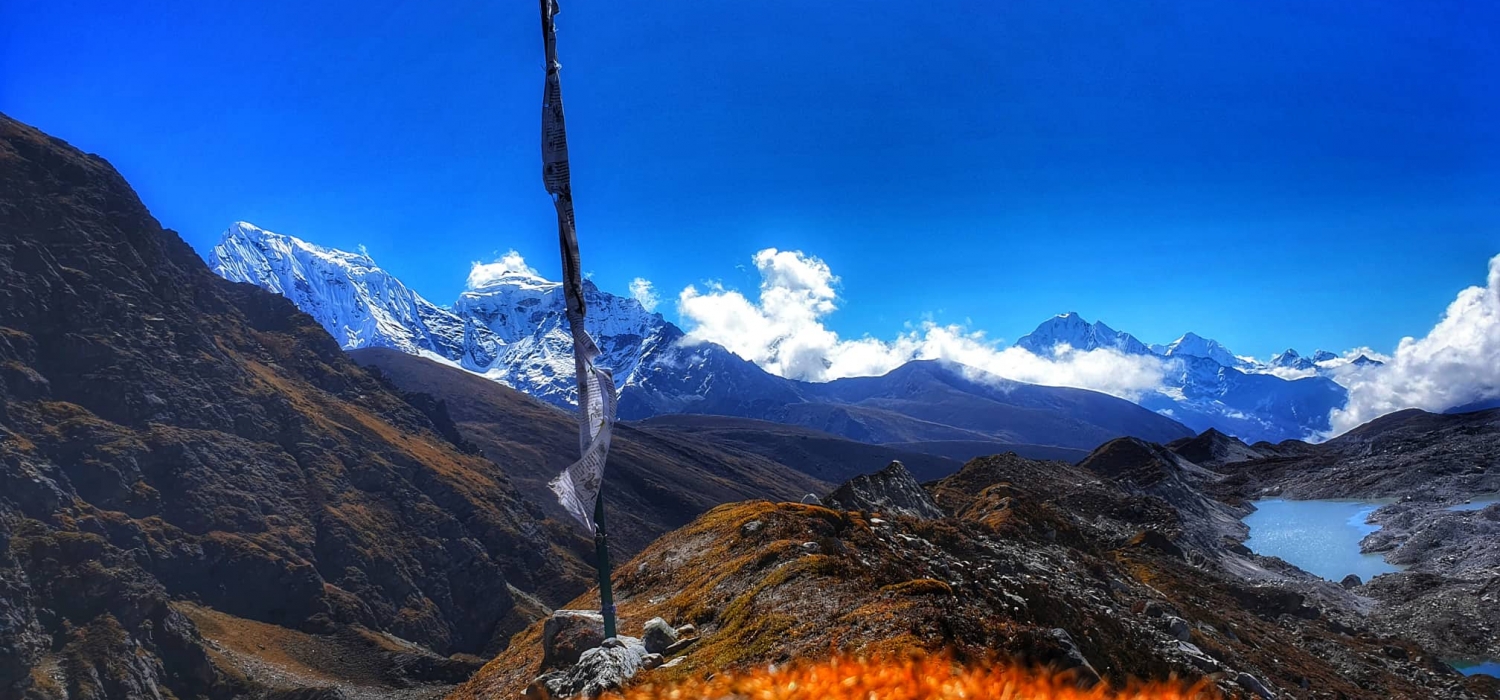Ultimate Guide to Everest Base Camp Trek and Everest Three High Passes Trek
Introduction to the Everest Base Camp Trek
Embarking on the Everest Base Camp Trek is a dream for many adventure enthusiasts. This iconic trek offers breathtaking views of the world’s highest peak, Mount Everest, and immerses you in the rich culture of the Sherpa people.
Why Choose Everest Base Camp Trek?
The Everest Base Camp Trek is ideal for those seeking a combination of challenge and stunning natural beauty. The trek starts from Lukla and takes you through picturesque villages, lush forests, and rugged terrains, culminating at the Everest Base Camp at an altitude of 5,364 meters.
Highlights of the Trek
• Scenic Landscapes: Witness awe-inspiring views of Everest, Lhotse, and Nuptse.
• Cultural Experience: Explore the vibrant Sherpa culture and visit ancient monasteries.
• Sagarmatha National Park: Walk through this UNESCO World Heritage site, home to diverse flora and fauna.
Everest Three High Passes Trek: An Adventurer’s Dream
For those looking for an extra thrill, the Everest Three High Passes Trek is a perfect choice. This trek not only takes you to Everest Base Camp but also includes crossing three challenging high passes: Kongma La, Cho La, and Renjo La.
Challenges and Rewards
The Everest Three High Passes Trekking is more demanding than the Everest Base Camp Trek. It requires crossing high-altitude passes, each over 5,000 meters, but the rewards are immense.

• Kongma La Pass: The highest pass at 5,535 meters, offering panoramic views of the Himalayas.
• Cho La Pass: A steep and icy pass at 5,420 meters, leading to the stunning Gokyo Lakes.
• Renjo La Pass: At 5,360 meters, this pass provides a breathtaking view of the Everest massif and the Gokyo Valley.
Preparation and Training
Both treks demand good physical fitness and proper acclimatization. It is recommended to undergo regular cardio training and practice hiking with a backpack. Acclimatization days are crucial to avoid altitude sickness.
Best Time to Trek
The best seasons for these treks are pre-monsoon (March to May) and post-monsoon (September to November). During these periods, the weather is stable, and the skies are clear, offering the best views.
Essential Gear and Equipment
Packing the right gear is essential for a successful trek. Here’s a checklist of must-have items:
• Clothing: Layered clothing to manage varying temperatures.
• Footwear: Sturdy, waterproof trekking boots.
• Gear: Trekking poles, sleeping bag, and a good-quality backpack.
• Accessories: Sunglasses, sunscreen, and a first-aid kit.
Trekking with a Guide or Solo?
While experienced trekkers may choose to go solo, hiring a guide is advisable for those unfamiliar with the terrain. A guide can provide valuable insights, ensure your safety, and enhance your trekking experience.
Conclusion
Whether you choose the Everest Base Camp Trek or the more challenging Everest Three High Passes Trek, both promise an unforgettable adventure. With stunning landscapes, rich cultural experiences, and the thrill of high-altitude trekking, these journeys are a must for every adventure seeker.
Comments
Post a Comment